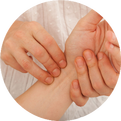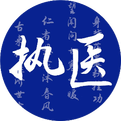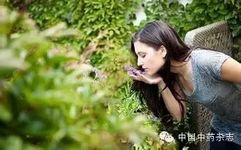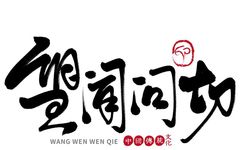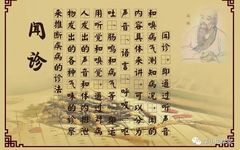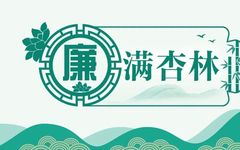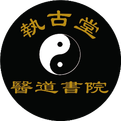The Olfactory Diagnosis in Traditional Chinese Medicine
Hello everyone, welcome to “Learning TCM from the Beginning.” I am Sun Jie from the Third Affiliated Hospital of Zhejiang Chinese Medical University. Today, we will continue to learn about the olfactory diagnosis in TCM. Using the nose to detect odors includes smelling the patient’s body odor and the odor of the examination room. Of … Read more

